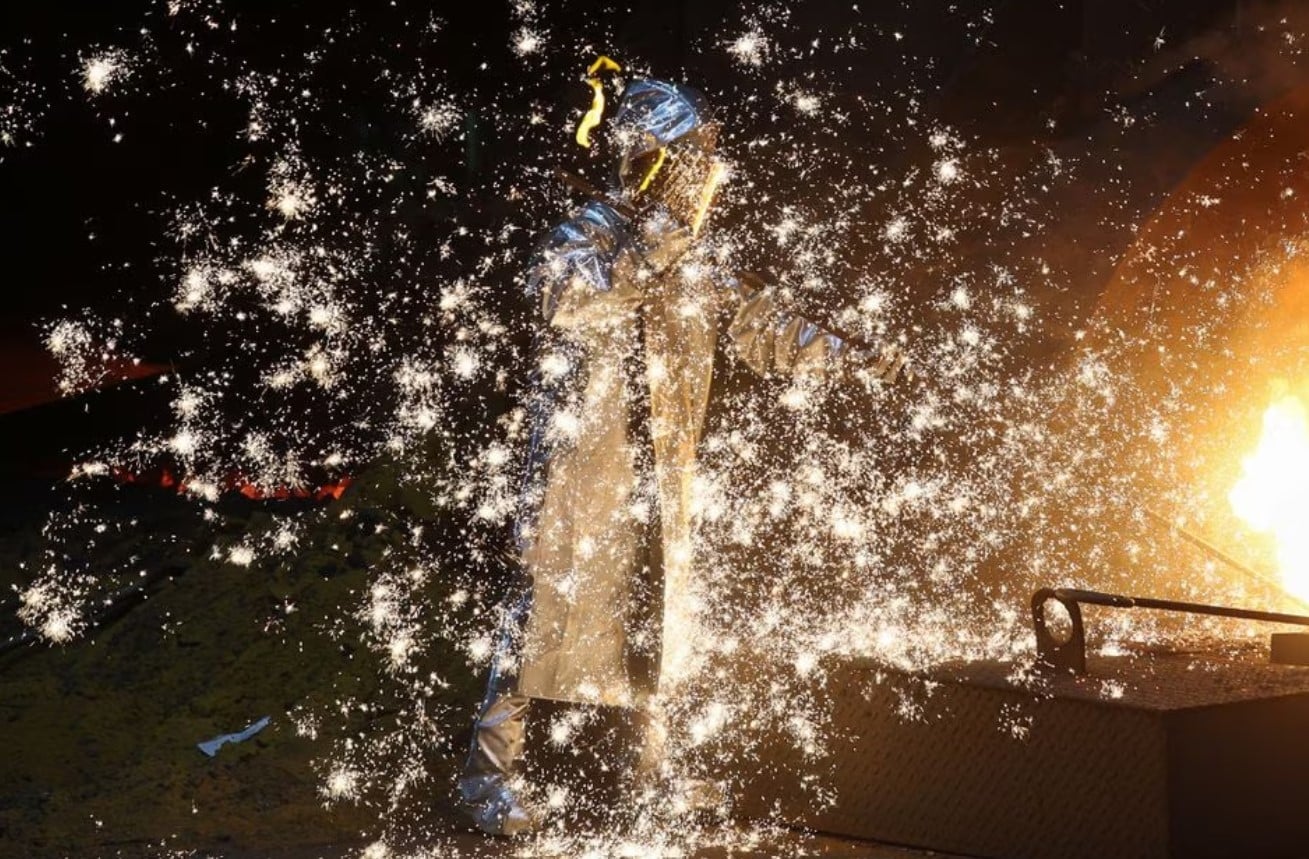Industrial production in the European Union grew at an average annual rate of 0.6 per cent between 2000 and 2024, according to new data highlighting the modest long-term performance of the sector.
In the early 2000s, Eurostat reported, the EU recorded an average growth rate of 2.0 per cent, with several member states achieving significantly higher levels of industrial expansion.
However, the global financial crisis of 2007 and 2008 marked a dramatic turning point.
During those years, many countries experienced double-digit contractions in industrial output, including those that had previously demonstrated robust growth.
Following the most severe phase of the crisis, industrial production gradually recovered between 2010 and 2019, but the pace of growth remained subdued.
Overall growth during this post-crisis period was roughly half the pre-crisis average, reflecting continued structural challenges in many EU economies.
In 2020, industrial production suffered a sharp decline of 7.4 per cent due to the outbreak of the Covid-19 pandemic and the resulting disruptions to supply chains and demand.
Although the following years saw some recovery, industrial output recorded a continued annual decline of 0.4 per cent from 2021 to 2024.
At the national level, Ireland posted the highest average growth rate in industrial production over the 24-year period, with 5.6 per cent annually.
Poland followed with 4.9 per cent, reflecting strong manufacturing performance and export competitiveness.
By contrast, Italy and Portugal recorded the weakest performance, with average annual declines of 1.1 per cent and 0.9 per cent respectively, underscoring longer-term deindustrialisation trends.
The figures illustrate how economic shocks, including the global financial crisis and the pandemic, have reshaped industrial trajectories across Europe and continue to weigh on the sector’s recovery.







Click here to change your cookie preferences